When we think of adopting a cat, we humans conjure wonderful images like a cuddle with our new kitty on the couch. Off we go and find this beautiful creature.
We bring her home, only to realize that those imaginings of our new cat and attempts to pet are met with tail swishes, scratches, or nips at times. Why, oh why, can it be so hard to pet a cat?
Firstly, Not All Cats Like To Be Petted
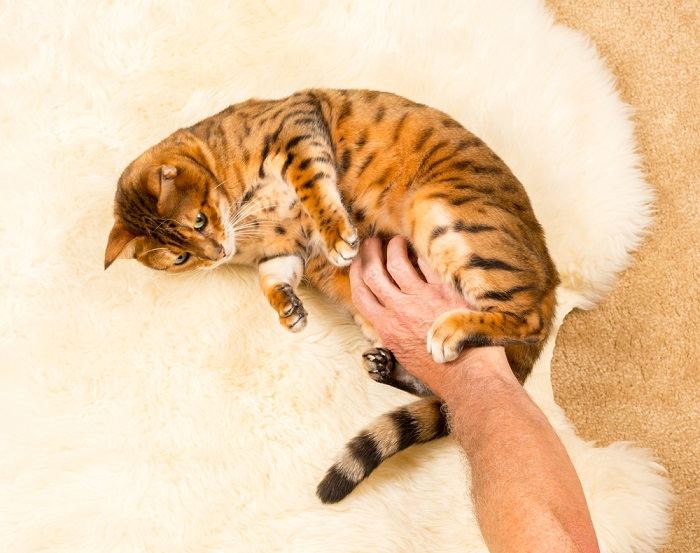
Enjoyment of petting often has a lot to do with socialisation and handling at an early age (under 8 weeks old). Often, we wouldn’t have even met our pet cat before this age, never mind getting them used to handling and petting.
So if it’s important to you that you have a cat that enjoys being petted, find out from the breeder or welfare organisation whether your potential pet has had positive handling as a kitten. If not, and the kitten or cat appears overly cautious, this may not be the kitty for you.
Also Read: How To Kitten-Proof Your Home: 6 Essential Tips
Additionally, some kittens are born to very shy mums who fear people. This fearfulness can be learnt by the kittens too. Being gentle and taking things slow are important if you were to adopt a shy cat or kitten.
Genetics also play a role in how much a cat wishes to interact or not. A study was done where it was found that bold sires were more likely to have bold kitten offspring. These are the little kittens that are more likely to be outgoing and adventurous, hence less fearful of interactions with people.
DO: Find out about your potential cat’s history. If he is overly shy or fearful, he’s less likely to readily accept pats. If he’s been handled gently at a young age, he’s more likely to enjoy petting. And if your kitty has a friendly, bold dad, then he is more likely to be outgoing too.
DON’T: Don’t expect shy or fearful cats to enjoy petting just because you are wanting to be kind to them. It’s important to think about interactions from the animal’s perspective.
Also Read: 10 Causes Of Aggression In Cats And How To Help
If a cat is fearful and we continue to try to approach or pet, even when they’re showing us that they’re scared or don’t want to be petted, then they’re going to be even more fearful the next time.
Secondly, Things May Change
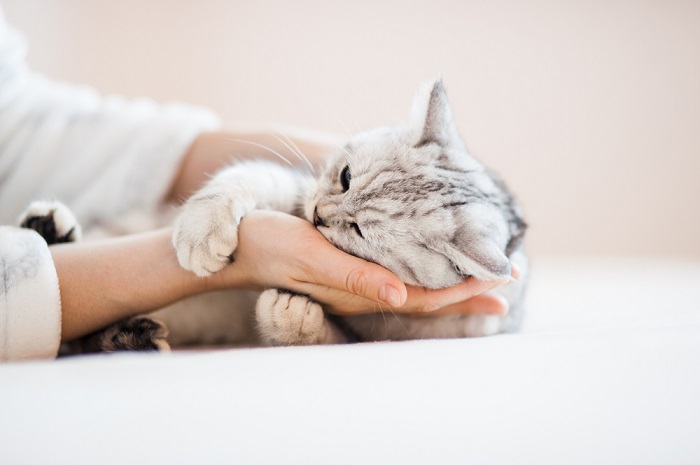
Whether in the middle of a petting session or over time, a cat’s attitude towards petting may change. That’s why it’s important to pay attention to their body language.
All cats’ behaviour is influenced by genetic background, previous learning, and present circumstances. We’ve already seen how genetics and early life experiences affect behaviour, so it’s important to take note of previous experiences as well as what is happening right now.
If a cat is squeezed tight, or hurt during petting, we can expect that it is going to be nervous and want to avoid that situation again. Having this pattern repeated over and over is even more likely to result in future fearful and aggressive behaviours.
Ensuring that handling is always gentle and considerate helps us avoid situations that a cat would perceive as unpleasant.
We can also expect that a cat may not feel like being petted right now because it’s wanting to do something different or is just not in the mood.
How Do We Know If Our Feline Friend Is Enjoying Being Petted?
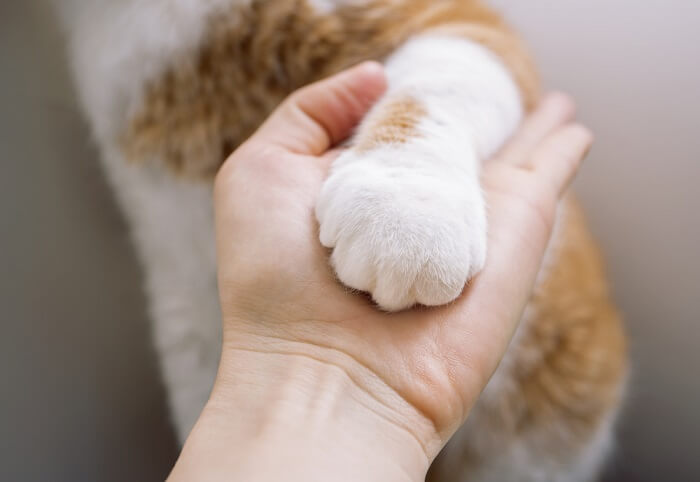
Cats will let you know if they enjoy being petted.
A cat who enjoys being petted is more likely to approach, lean into the scratches, and rub scent glands on her face into your hand. She may show bunting, kneading, and purring. Cats may also turn for long strokes along the cat’s back or scratches near the base of the tail.
How Do We Know If A Cat Is Not Enjoying Petting?
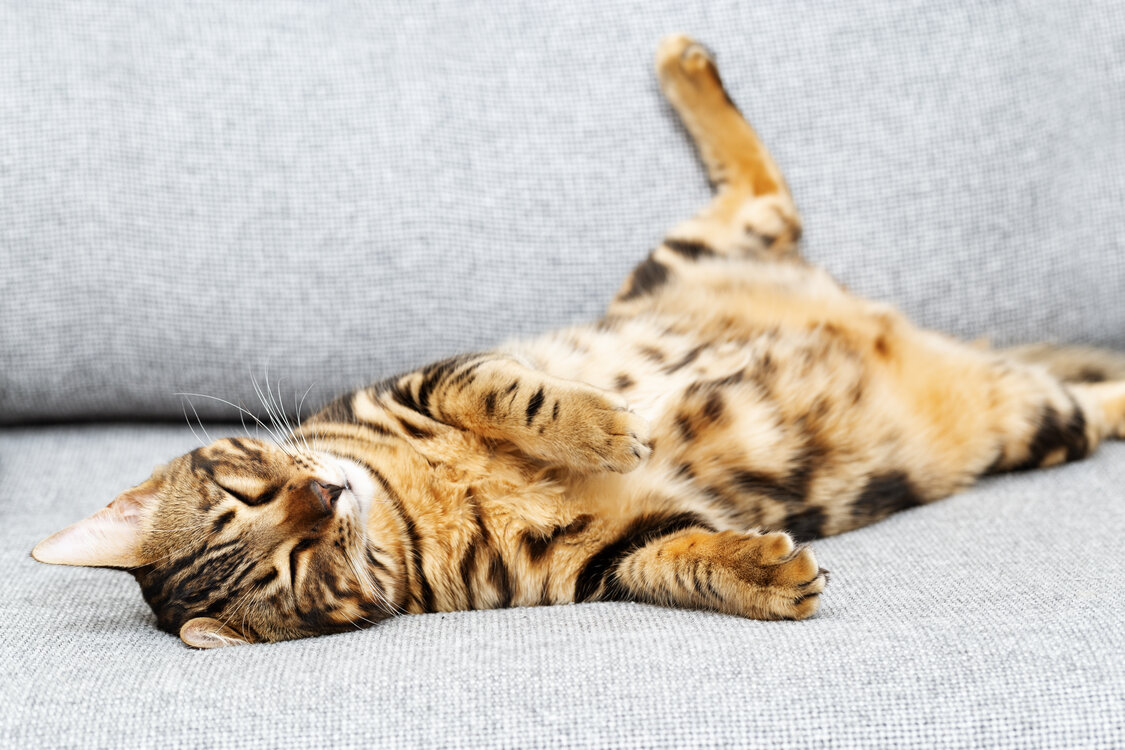
Providing a dedicated space for your cat to rest may encourage healthier sleeping habits.
Some cats avoid human interaction, show fidget behavior, or make openly aggressive displays. Why? Some cats just don’t want to have a snuggle right now and would rather enjoy some fun playtime instead.
Factors affecting a cat’s present behaviour include: feeling too hot, being in a noisy environment, feeling hungry or thirsty, feeling unwell or painful, or just tired and wanting to go to sleep.
DO: Pay attention to your cat’s body language. This is the most accurate information at that particular point in time as to whether your cat will enjoy petting or not.
DON’T: Force your cat to accept pats. This will end badly and may set up a pattern of interactions for the future when your cat is going to be more wary of you approaching.
Also Read: What Your Cat’s Tail Can Tell You
How To Pet Your Cat
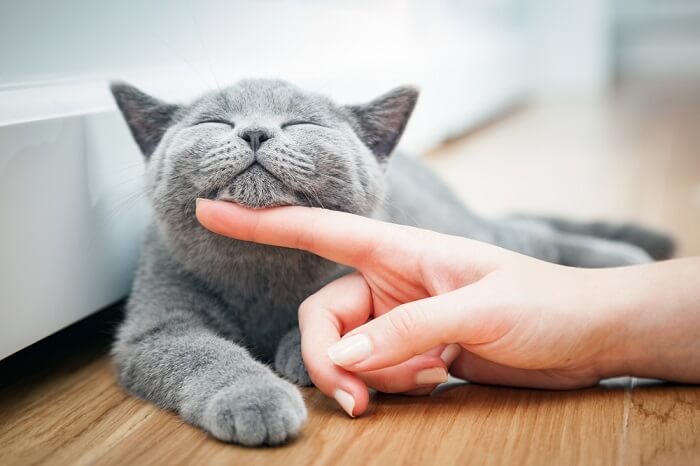
Many cats enjoy being petted underneath their chins and in other areas around the face.
Places to Pet Your Cat
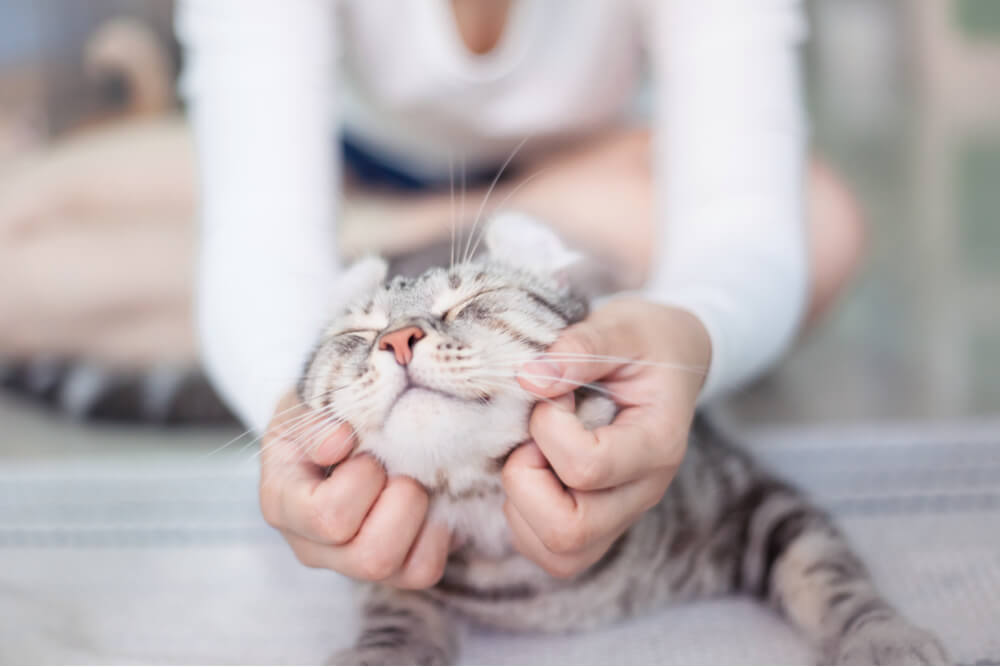
Often, we cat owners make the mistake of thinking that cats are like mini dogs that should enjoy all the affection that we are willing to dish out to them. This is a mistake, for both dogs and cats.
Just as we have areas that we are comfortable touching and being touched by others, animals have those areas, too.
Cats are generally more likely to enjoy scratches near the sweet spots: under the chin, around the back of the ears, sometimes the top of the head, and long strokes along the back of the body.
This doesn’t mean that they will be comfortable with all people giving them scratches though, just as we don’t necessarily feel comfortable with being hugged by complete strangers on the street.
Pay Attention To Your Cat’s Body Language
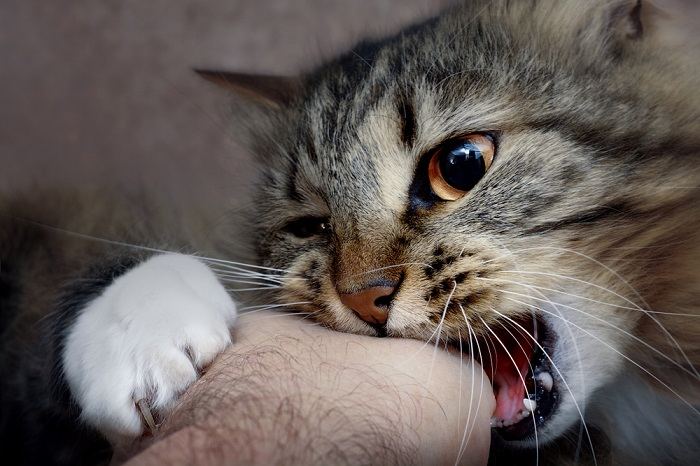
We also need to be aware that some cats may enjoy petting for a longer time than others, just as we would feel comfortable with a pre-covid handshake rather than a long embrace when meeting someone new.
Paying attention to body language like a stiffened body, shifting weight away or a tail beginning to twitch, tells us that the cat has had enough and now is the time to stop.
DO: Offer scratches around the head, base of the ears, and under the chin. Stop before your cat becomes agitated or annoyed. Short and sweet is always better than drawn out and annoyed.
DON’T: Attempt to pet every cat you come across. Not all cats enjoy scratches or pats from unfamiliar or even familiar people. Do not attempt to scratch a cat’s belly!
This is a “no-go zone” and is more likely to be met with a scratch or bite if someone tries to pet this vulnerable area.
What’s Important To Remember About Petting A Cat?
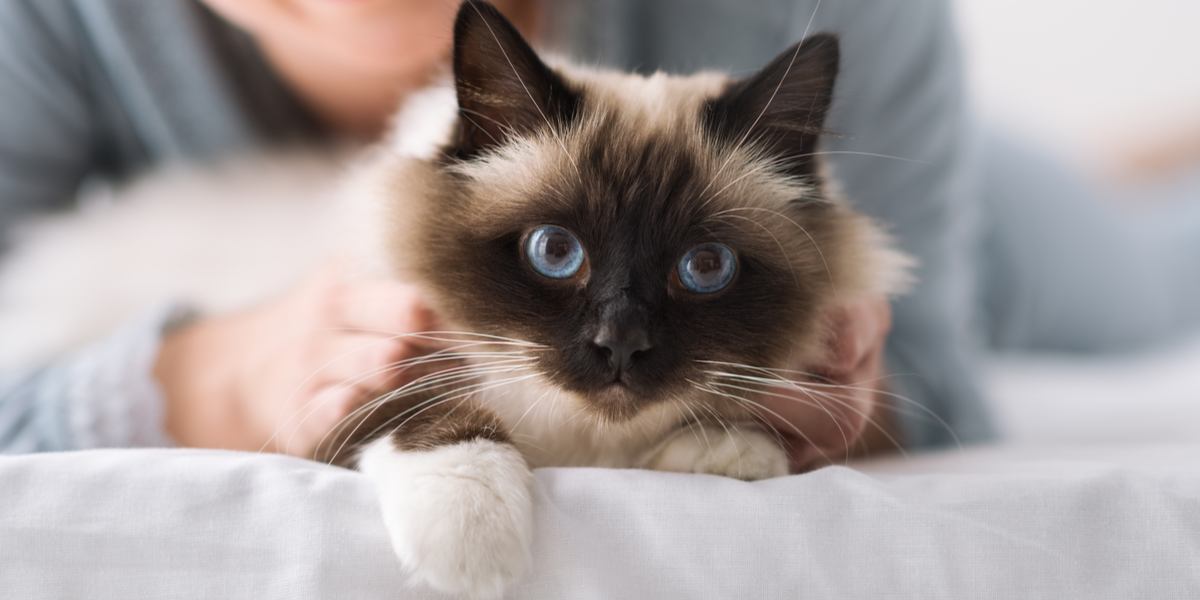
Watch for signs that your cat is interested in interacting and not attempting to avoid contact. Scratches around the head and neck, and perhaps long strokes along the length of the back are places cats generally prefer touch.
Keep sessions short and pleasant for the cat and always stop before your cat looks uncomfortable or attempts to move away.
Lastly, if you notice a change in your cat’s behaviour during a petting session, i.e. she usually enjoys pats but now appears painful, agitated, or is avoiding contact, there may be something more going on and you should get in touch with your vet.
Frequently Asked Questions
How does a cat like to be petted?
Cats generally like scratches around the head, neck and behind the ears. They may enjoy long strokes along the back of the body. Do not attempt to scratch the belly or legs – these are places that cats do not generally enjoy being touched.
How do you get a cat to let you pet?
Slow and considerate should be your approach. Pay close attention to your cat’s body language and stop before the cat appears agitated or tries to move away. Offer scratches around the head and neck. Do not force a cat to interact by backing them into a corner, attempting to give a belly rub and definitely do not squeeze them tight to try to hold on to pet them.
Where do cats not like to be petted?
Do not try to pet a cat’s belly, even if it is lying on its back. This is an area where they feel very vulnerable and is more likely to be met with a scratch or bite.
How can I please my cat?
Offer your cat pats on it’s terms i.e. when the cat wants a pat or feels like having a scratch. This way he or she is more likely to approach you again for another scratch at a later date.





